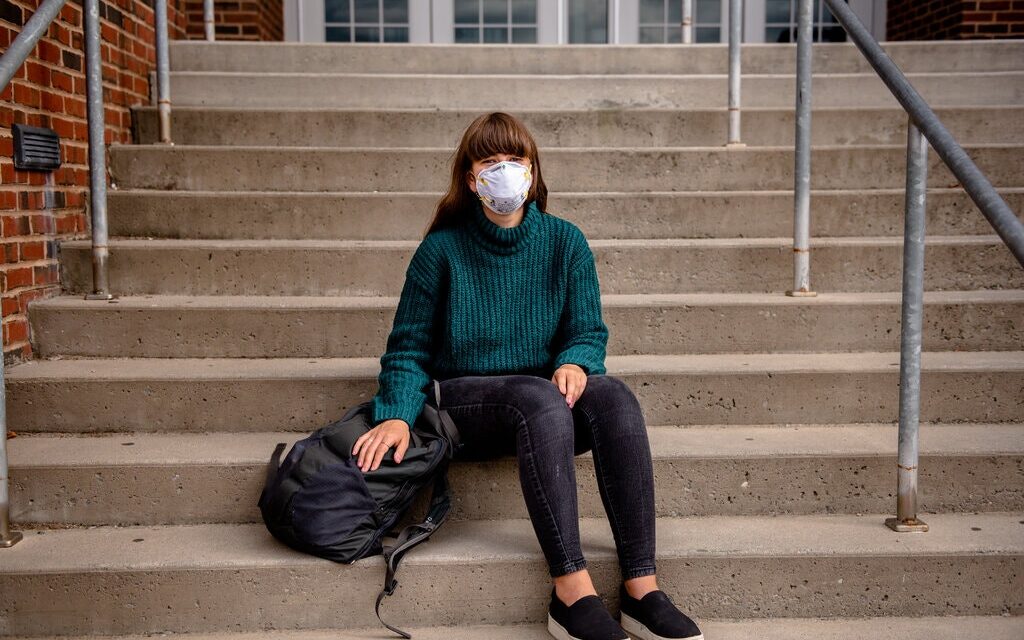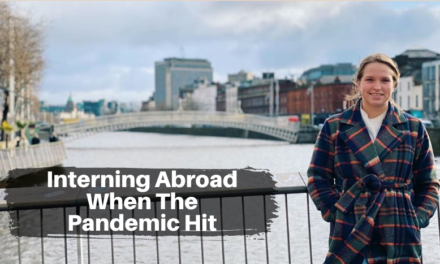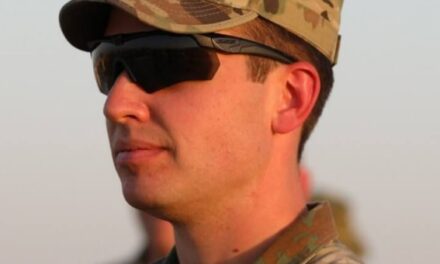Did I a) ace it; b) better understand students’ experiences; c) question my own rational judgment for going through this again? Hint: It’s not all of the above.
“How did you like taking the SATs?” my editor asked me on the phone in mid-September. “And would you like to take them again?” I laughed, wondering whether there was a single self-respecting person in America who would answer “yes.”
Nevertheless, I soon found myself searching Walgreens for a calculator and pack of No. 2 pencils.
High school life has been upended by the pandemic, and the SATs have been no exception. The College Board, which administers the test, canceled spring exam dates. Many test centers have remained closed this fall because of concerns about the spread of coronavirus, and the ones that are open apply strict social-distancing rules for the students who managed to score a seat. Hoping to fully understand the experience for an article I was writing, I signed up to join them.
I took the SAT nearly a decade ago, and my study regimen was taxing: endless practice questions, hundreds of vocabulary flashcards. (I even researched the optimal mid-test snack — peanut M&Ms, with their protein filling and sugary exterior.) This time, my preparation for the test looked different. Instead of reviewing grammar rules, I studied the history of the exam by reading the journalist Nicholas Lemann’s excellent book “The Big Test.”
While researching, I also learned of changes the College Board has made since I took the exam. The test now focuses less on the esoteric information that tended to demand tutoring. No more clunky, spelling-bee-worthy vocabulary words: “recondite,” “grandiloquent.” The emphasis is instead on the material covered in a high school curriculum. When I found out, I gave a sigh of relief. Maybe I’d be OK after all.
Still, when my alarm went off at 5:15 a.m. this past Saturday, I felt the prick of pre-assessment jitters in my stomach. I had registered to take the exam in Sleepy Hollow, N.Y., some 35 miles north of my Brooklyn home, because the site still had vacancies — I signed up on the last possible day to avoid taking a spot from a student who wanted it.
Sleepy Hollow High happened to be an idyllic setting for the test — a red brick building surrounded by a sprawling green lawn and trees turning apricot, like the setting of a teen Netflix drama. “Home of the Horsemen,” read the sign that greeted me. (I hoped my own horror story wouldn’t be as haunting as the Washington Irving tale that gave the town its fame.)
As I lined up with hundreds of high schoolers, I worried that I might look out of place. But the registrar assuaged my concerns: “Wow, your senior portrait is lovely!” she told me, pointing to the headshot on my ticket.
The efforts required to administer the SAT in a pandemic are extensive. We wore our masks the whole time, applied hand sanitizer feverishly and did our best to keep six feet away from one another in the hallways. Above a row of red lockers, I caught sight of a sign that read: “Determine that the thing shall be done, and then we shall find the way.” The quote was attributed to Abraham Lincoln, but it certainly applied to the College Board, as well as the students.
When I sat to begin the test, I realized my skills were rusty. I was fortunate to have the advice of the students I interviewed ringing in my head. “If you run out of time, pick one letter and bubble the rest,” one of them had told me, referring to the practice of picking the same answer in the multiple choice repeatedly to boost your odds of accuracy.
Roughly halfway through the puzzles in a 55-minute math section, I applied this tip. The stakes felt low, fortunately. (The only possible loss is my dignity when scores come out in early October and, um, mine will remain off the record.)
The stakes are also lower for most this year, because many colleges are not requiring SAT scores. I wondered why thousands of students were voluntarily undertaking the stress of the test. Some told me their parents insisted they sign up; others suspected a score might still help their admissions prospects.
Experts I spoke with also pointed out that taking the SAT has become a rite of passage, as essential to the high school experience as prom. Nobody likes it, but everyone endures it. It’s like a nationwide team bonding exercise — and in spite of themselves, teenagers don’t want to miss out.
After the test, we poured out of classrooms and into the parking lot. I turned to a fellow test-taker to ask how he felt. “There’s this concept in psychology called learned helplessness,” said Nikola Kasarskis, 17, from nearby Hastings-on-Hudson, N.Y. “Unless we are trained for a particular crisis, we roll over and let it hit us. When I woke up this morning, that’s how I felt.”
I grinned, and thought: Same.
By Emma Goldberg
This content was found at https://www.nytimes.com/2020/09/30/insider/taking-SAT-pandemic.html






Recent Comments